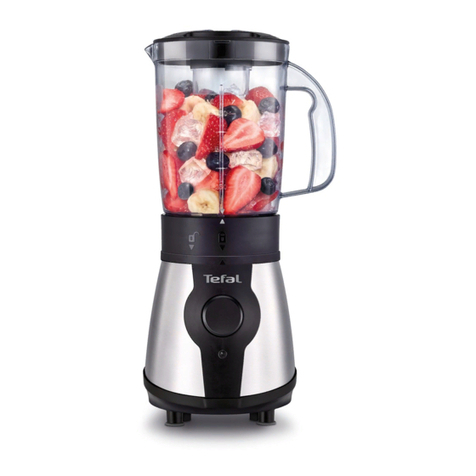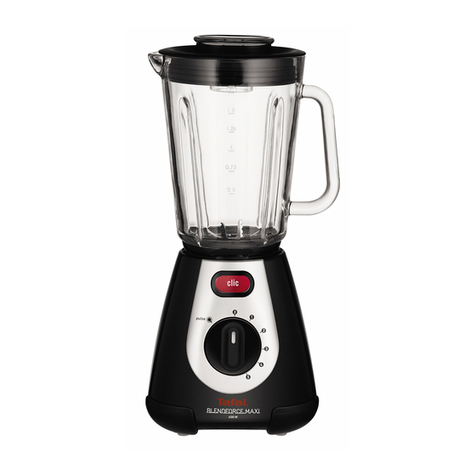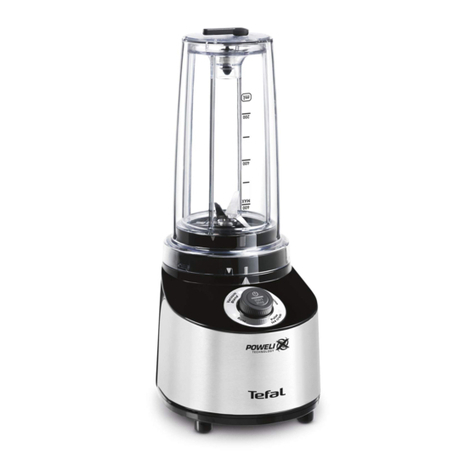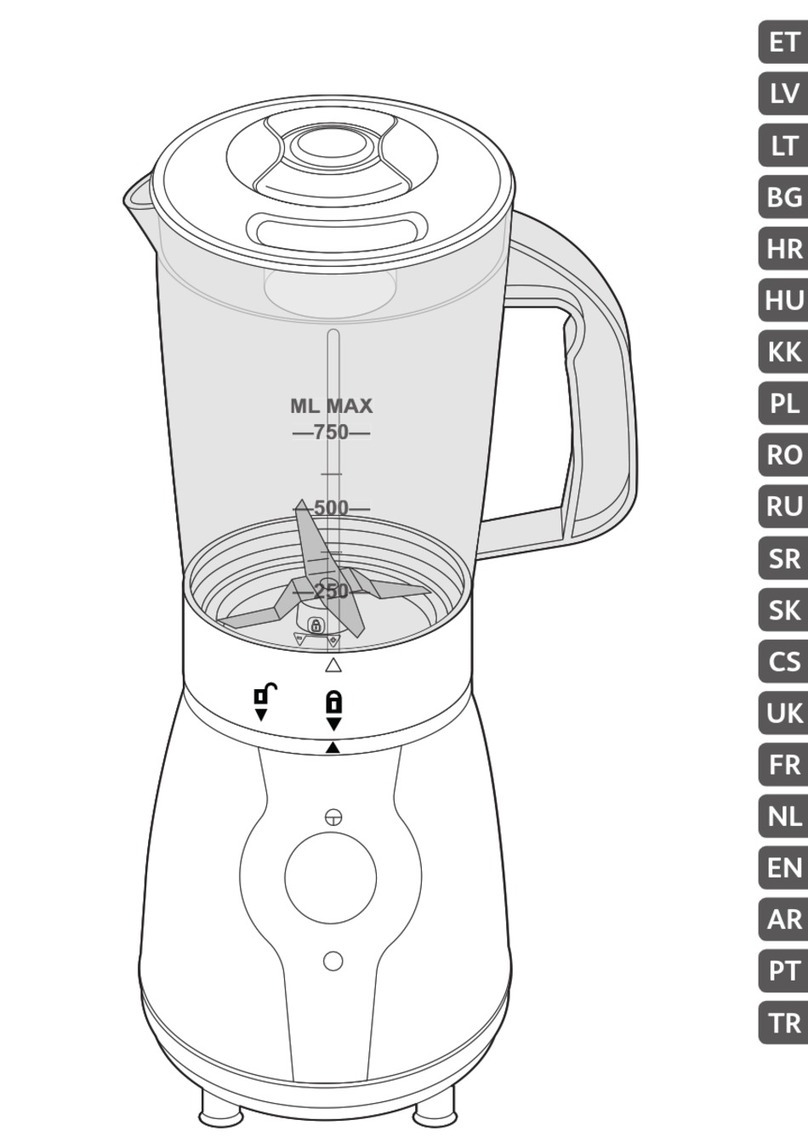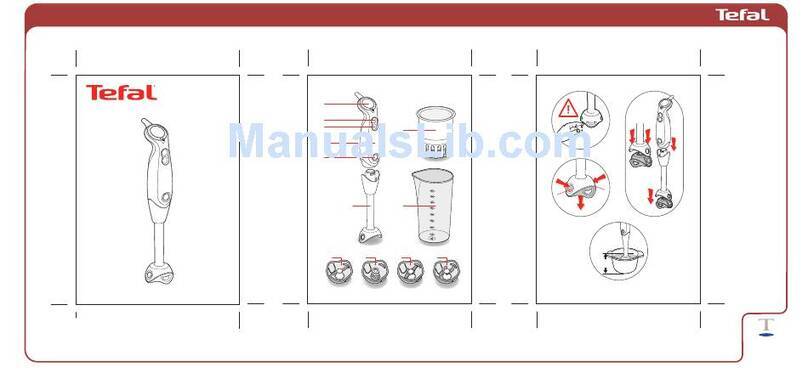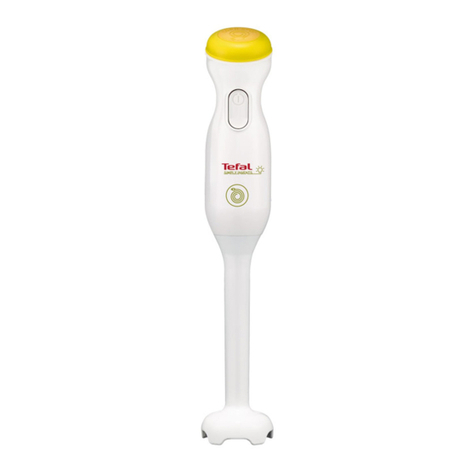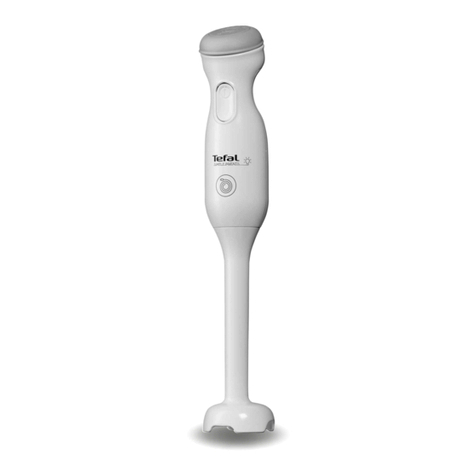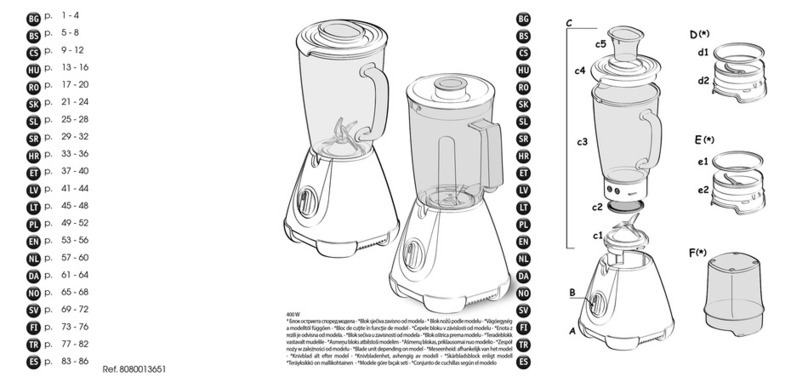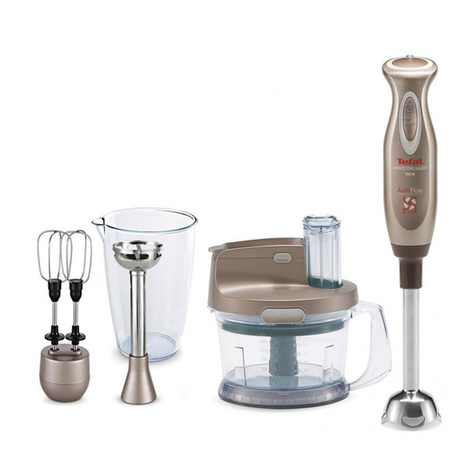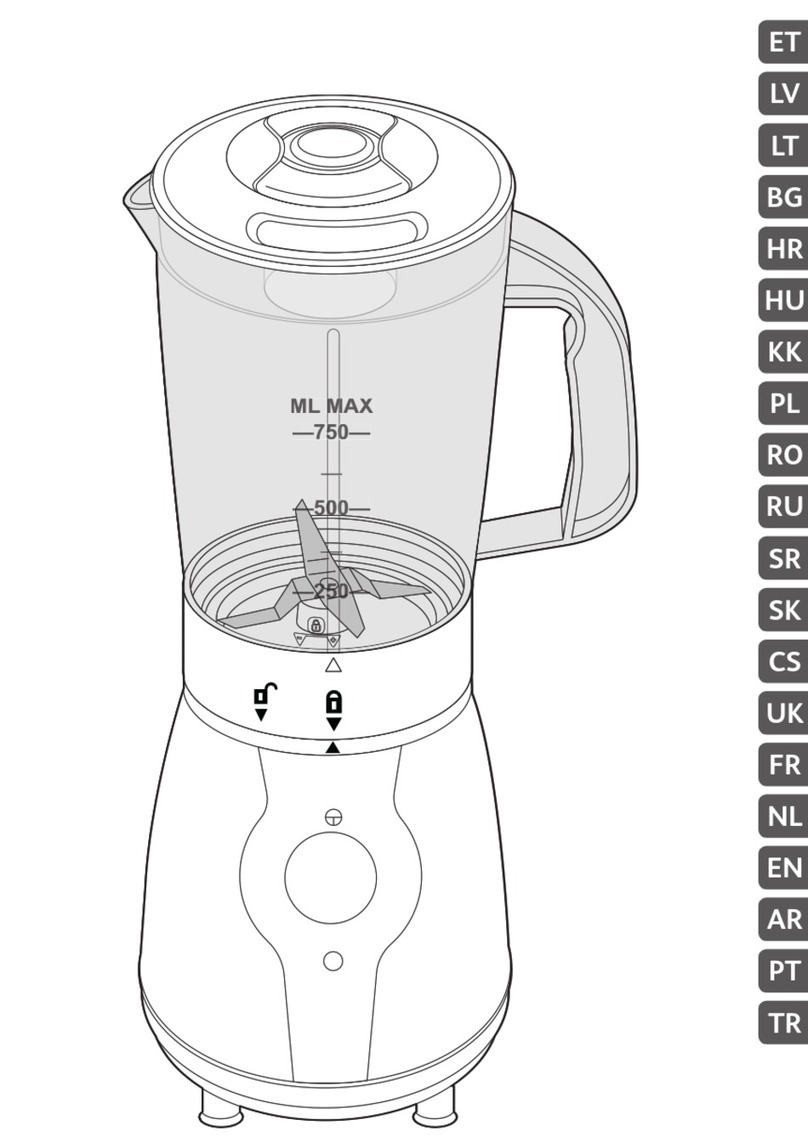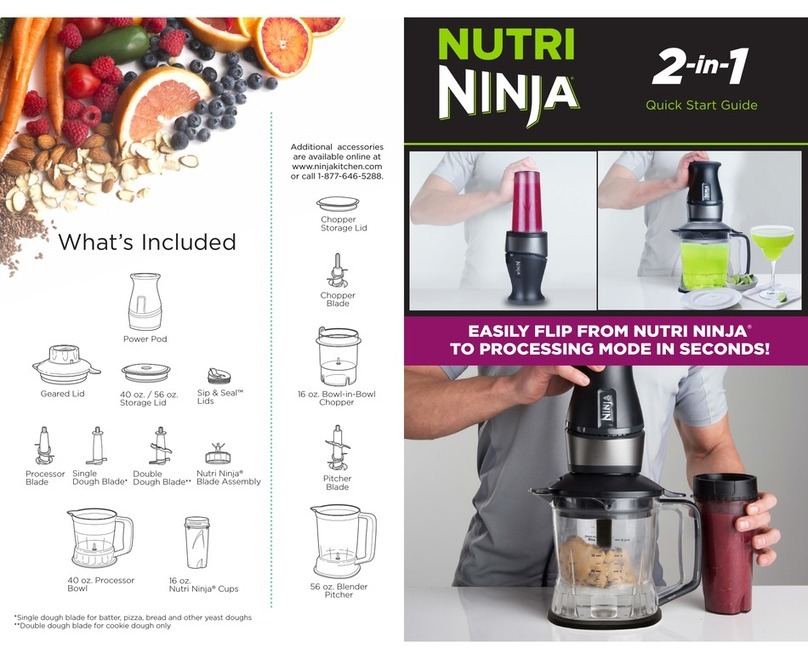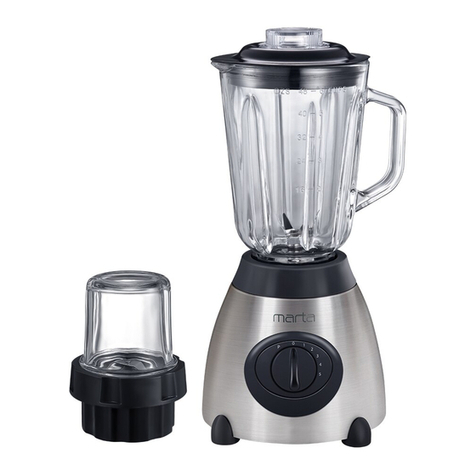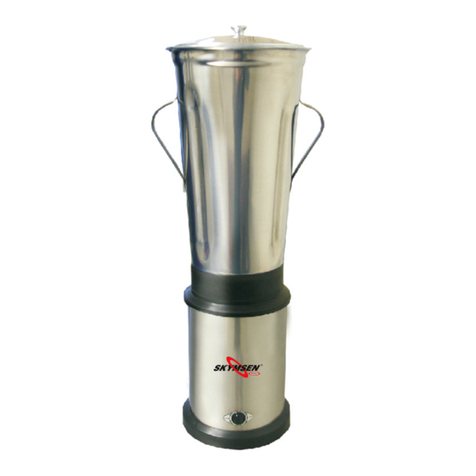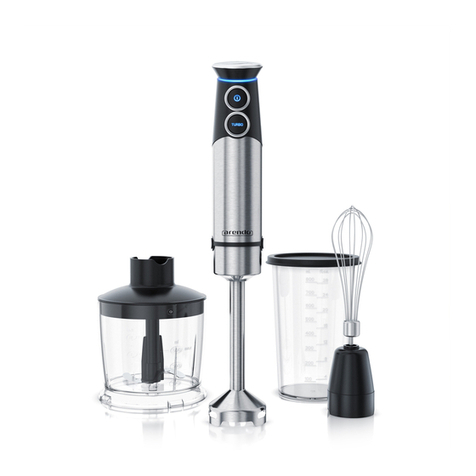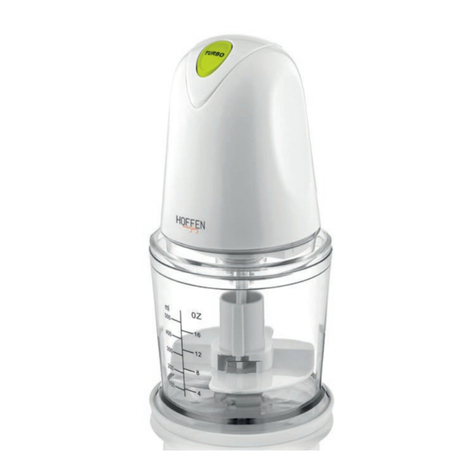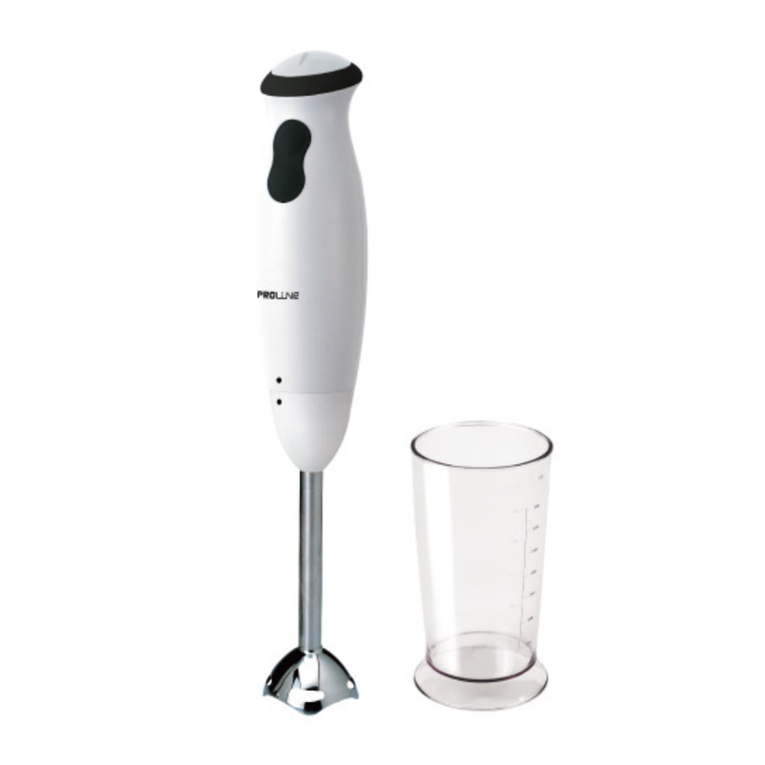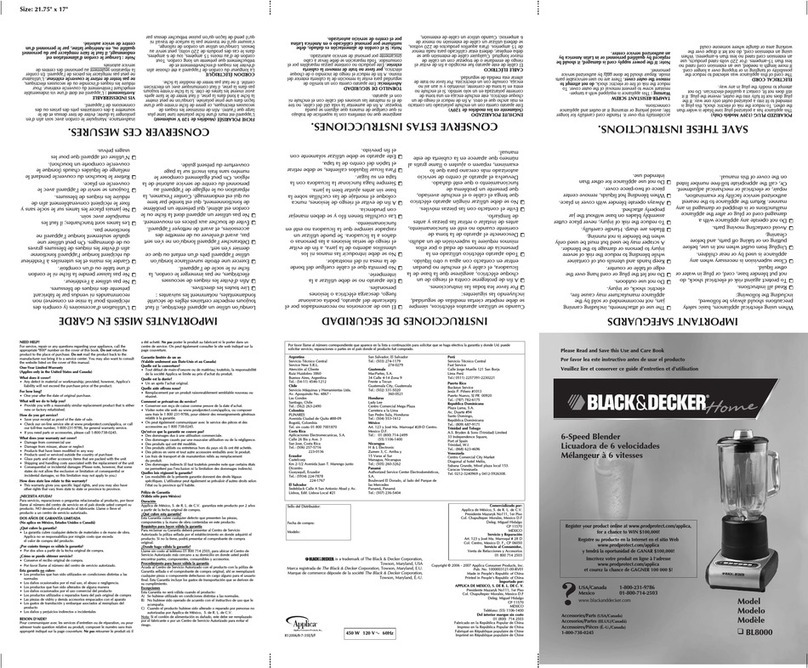
54
Your child now eats a varied diet, but their needs are not
yet the same as those of an adult. This is the age when
your child will start to reject foods, so now is the time to
start setting good eating habits.
MILK, MILK AND MORE MILK!
Until the age of 3, your child should still be consuming up to
500 ml of milk per day. Replace second-stage formula with
growing-up milk. This type of milk is adapted to the needs of the
child. Whole milk can also be used (whole milk is preferable to
skimmed or semi-skimmed).
You can occasionally replace some of their milk with suitable dairy
products enriched with iron, vitamins and essential fatty acids
(yoghurt, greek yoghurt).
You can also give them small pieces of cheese.
FRUIT AND VEGETABLES
Here are some simple guidelines to help you identify the foods
to give to your child: fruits and vegetables: all varieties are
"permitted".
You can introduce raw fruits and crudités. You can also start to
introduce pulses (lentils, haricot beans, split peas etc.) from
15 months onwards, at first in puréed form.
MEAT, FISH AND EGGS
Meat, fish, eggs: 30 g per day, blended (approximately
6 teaspoons).
STARCHY FOODS AND CEREAL PRODUCTS
Cereal products at every meal.
SUGAR AND SALT
Limit certain foods such as sugar, honey and chocolate.
Try to cook without adding salt and don't add salt to ready-made
pots and jars (they already contain the appropriate amount of salt
for your child). Remember to avoid fried food.
FRUIT AND VEGETABLES
Fruits and vegetables: puréed, stewed, in small pieces or baby-size
jars.
MEAT, FISH AND EGGS
Meat, fish, eggs: choose 20 g portions of blended meat or fish
(i.e. 4 teaspoons) or half a boiled egg.
STARCHY FOODS AND CEREAL PRODUCTS
Potatoes, second-stage cereals, small pieces of pasta, vermicelli,
tapioca. This is when your baby’s first teeth start to appear and
they will be able to start eating small pieces of food.
From 12 to 18 months
FOOD DIVERSIFICATION STAGE 3
Starchy foods
Potatoes, in small quantities, give dishes a thicker texture. Infant
cereals can be a good solution if your child doesn't seem to eat as
much as they should.
Preparing - Steam the potatoes, then blend them and mix
with a vegetable (carrot, pumpkin, spinach, courgette (seeds
removed), green beans etc.). You can add infant cereals to bottles
(2 teaspoons of gluten-free first-stage cereal) or use them in
vegetable soup.
When? - Add the potato or a little first-stage cereal to their
lunchtime purée. You can also add a little infant cereal to their
evening bottle.
Meat, fish and eggs
You can start to introduce meat and fish from the sixth month; for
eggs, wait until the seventh month.
These foods contain protein, which is important for healthy body
development. But you must be aware that your child's needs are
not the same as those of an adult.
Choosing - Vary the
type of meat, avoiding oal and cold meats (except for skinned
cooked ham). For fish, switch between varieties and types (fresh
or frozen) but avoid breaded fish. Eggs must be hard boiled.
Quantities - From 6 to 7 months, add a small amount of
blended meat or fish to homemade vegetable purée (about
1 teaspoon).
From 7 to 8 months, oer 10 g (or 2 teaspoons) of blended meat
or fish and ⁄ of a boiled egg every day.
Fats
Fats can be added to vegetables, purées and soups.
Choosing - Choose butter or vegetable fats: rapeseed oil, olive
oil, sunflower oil etc. and avoid frying.
Quantities - a dab of butter or a teaspoon of oil can be added.
Your child is starting to eat a greater variety of foods,
but milk remains the main part of their diet. They are
now able to hold a spoon and assert their independence
by trying to feed themselves.
BREAST MILK AND
DAIRY PRODUCTS
Your child still needs to drink milk: ensure that they have 500 ml
of breast milk or second-stage formula over the course of each
day.
You can also find special "baby" dairy products in the shops
(yoghurt or greek yoghurt). These products count towards your
child’s daily milk intake and are also enriched with iron, vitamins
and essential fatty acids. Otherwise, choose full-fat dairy products
instead of fat-free versions.
At this age, you can also give your child small amounts of cheese.
Let them touch it with their fingers so they can explore the
texture before putting it in their mouth.
From 9 to 12 months
FOOD DIVERSIFICATION STAGE2
